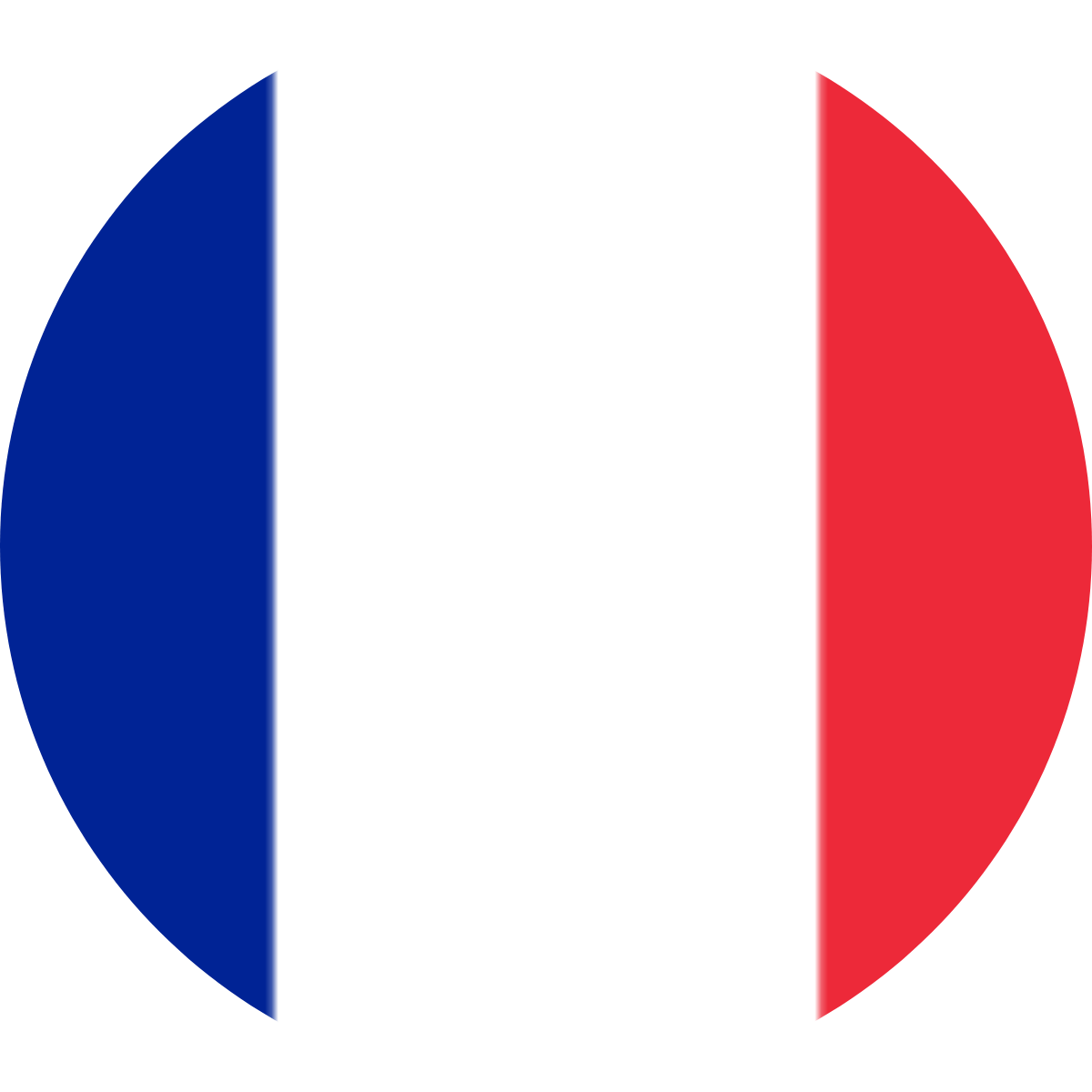

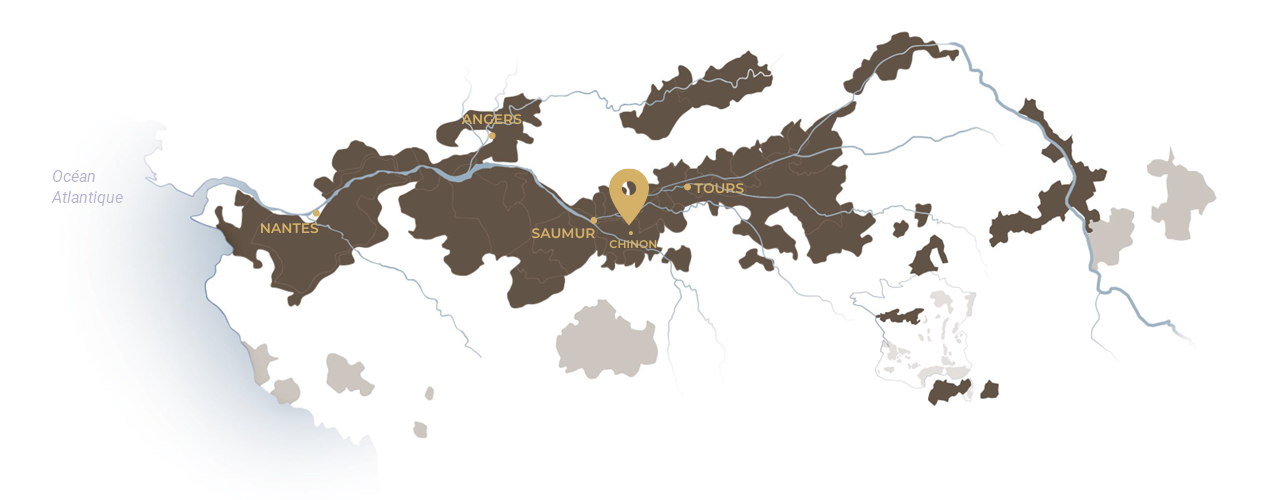

The Chinon appellation
History of the appellation
Chinon is an appellation d’origine contrôlée wine produced around the town of Chinon, in the Indre-et-Loire departement. It is one of the emblematic Anjou appellations, dating back to the early Gallo-Roman era. It is associated sometimes with the half-cloak of Saint Martin and sometimes with the crown of Charles VII.
Climate
Situated at the western extremity of Touraine, the geographical area of Chinon benefits from a distinctive climate and the fauna and flora of an oceanic/semi-continental type, hotter and dryer than the rest of the region. These particular characteristics are associated with the beneficial influence of air currents created by the two rivers, producing a diffusion of cold air masses. Experts generally agree that rounder wines are produced in the Véron terroir rather than in the neighbouring areas or appellations. Some vintages are marked by the prevailing easterly winds - cool and dry; others are influenced by the hot, humid south-westerly winds. In Chinon, the summers are fairly hot and the winters mild.
Terroir
Just as optimum grape quality is derived from a subtle balance of sugar and acidity, Chinon wine owes its magic to a particular combination of the abundant wisdom of the vintners and viticulturists, the hotter, dryer climate of Touraine, the vineyards, the hillsides, the beauty of the landscapes, the tuffeau bedrock and the valleys of the Vienne and the Loire.
The rock here is symbolic - tuffeau, the white stone of Touraine that has shaped the life, the vineyards and the wines of the area; expressive wines that are powerful on the palate and have excellent ageing potential. There are three types of soil on the tuffeau bedrock: sandy silt and gravel, clay-limestone and clay-silica.
Winemakers
Chinon has a diverse range of winemakers. Here are a few figures:
About a quarter of the winemakers have opted to operate their estates as certified:
- Organic farming - 21%
- HVE (high environmental value) - 1%
- Biodynamic - 2%
- Sustainable - 1%
They employ more than 350 full-time equivalents on their holdings. Viticulture provides close to 800 jobs overall in the Chinon basin.
There are 2,400 hectares of AOC vines in Tours and Saumur.
Approximately 110,000 hectolitres of wine, i.e. over 13 million bottles, are produced under the appellation each year. One bottle in four is sold in Chinon. 10% is exported, half of this to the United States. A minimum 4,500 vines are planted in each hectare and the average yield per hectare is 55-67 hL per ha for red and rosé wines, and 55-69 hL per ha for white wine.
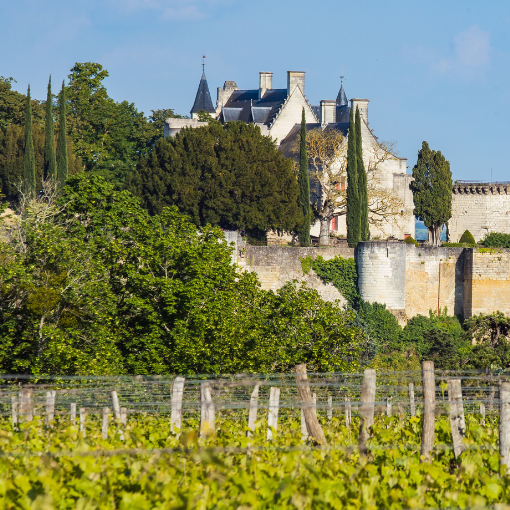

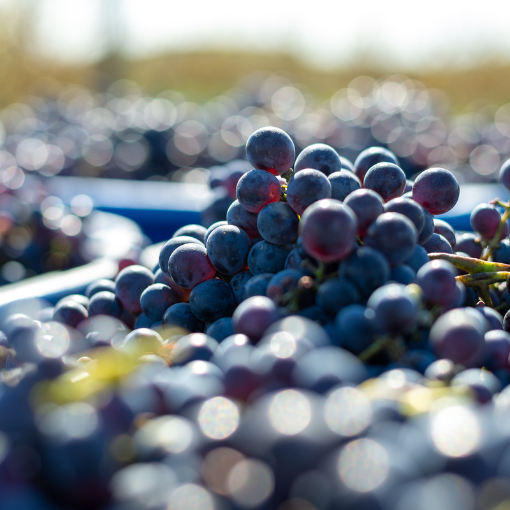

Grape variety
Cabernet Franc, the grape variety of the great Loire Valley red wines and Chinon in particular, finds full expression in Chinon. The region is known for being one of the most northerly of the French red wine appellations, and is thus able to produce magnificent vintages of finesse, full of fine, light tannins. Unfavourable weather in 2021 meant the winegrowers of Chinon had to delay the harvest and wait longer for the grapes to ripen before picking them.
The white wine is made from Chenin grapes. Chenin is a typical Loire Valley AOC variety which is also used in the production of sweet and sparkling wines, whereas Chinon is known as a 'dry' white (less than 6 grams of residual sugar after alcoholic fermentation). The Chenin grape has long been associated with Chinon wines. It thrives in clay-limestone soils. Chenin is the ‘white grape variety’ of the Loire Valley. Chinon produces great dry wines. It is a marvellous white variety that grows mainly in the limestone soils known as tuffeau in this area, which was used to construct the châteaux along the Loire. The grape clusters are of medium size, fairly compact, and the berries are quite small. It is an early variety with good resistance to disease. Harvesting usually takes place in mid-September.
Tasting
- Chinon Blanc :
Golden yellow colour with brilliant reflections. Chinon Blanc has a seductive nose with aromas of candied citrus, pineapple, apricot and toasted almonds, all enhanced by a delicate minerality and floral notes. It has a rich, balanced structure on the palate, with slightly acidic fruity notes. A long, persistent finish with candied fruit flavours.
- Chinon Rosé :
Fresh and lively on the palate, a gourmand nose of peach and citrus. A dry but well-balanced rosé. Round and supple, acidic finish with grapefruit notes.
- Chinon Rouge :
Rich, ruby colour with purple reflections. The nose presents intense aromas of black fruit aromas (blackcurrant jam, cherry) and spices (grey pepper) with smoky, toasted hints. Full and round in the mouth with a good tannic structure, aromas of fresh fruit and liquorice mingling in the finish.
Food and wine pairing
We recommend serving Chinon Blanc alone as an aperitif. It is also the perfect accompaniment for fish, crustaceans (lobster, crayfish), white meat and soft cheeses (Brie, Camembert).
- Asparagus with raw cured ham
- Sea bass baked in salt crust
- Beets with goats’ cheese
- Beuchelle tourangelle (traditional Touraine dish of veal sweetbreads and kidneys)
- Korean bibimbap
- Monkfish blanquette
We recommend serving Chinon Rosé as an aperitif, but it also goes perfectly with salads, white meat, grilled foods, fish and seafood.
- Calamars à la romaine (fried squid)
- Prawns in tomato sauce
- King prawns in tomato sauce
- Pan-fried king prawns
- King prawn gratin
- Avocado and prawn salad
We recommend serving Chinon Rouge with cold cooked meats, red or white meat, small game birds, soft cheeses and Provençale recipes.
- Capon stuffed with morels
- Game, roast boar
- Lamb biryani
- Cold meat platters, as an aperitif
- Normandy pancakes with savoury filling (Andouille de Vire sausage, apples and Camembert)
- Soft cheeses


